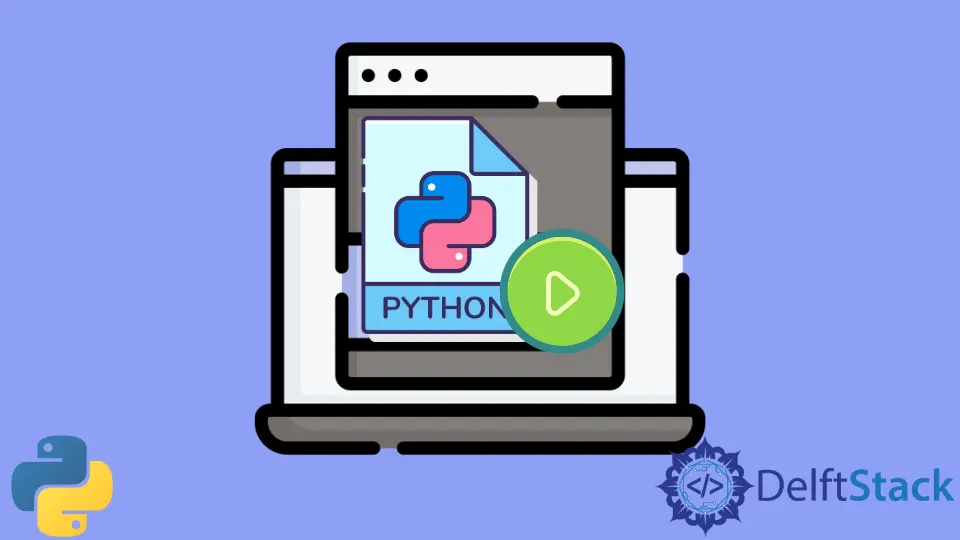從 Python Shell 執行 Python 檔案
Hemank Mehtani
2023年1月30日

Python 是一種直譯器語言,這意味著它逐行執行程式碼。它還提供了一個 Python Shell,它執行單個 Python 命令然後顯示結果。
它也被普遍稱為 R(read) E(evaluate)) P(print) L(loop) - REPL,它讀取命令,然後評估命令並最終列印結果,然後將其迴圈回到開始再次讀取命令。
使用 exec 函式從 Python Shell 執行 Python 檔案
exec() 函式有助於動態執行 python 程式的程式碼。我們可以將程式碼作為字串或物件程式碼傳遞。
它會按原樣執行目的碼,同時檢查字串是否存在語法錯誤(如果有)。如果沒有語法錯誤,則解析的字串作為 Python 語句執行。
例如在 Python3 中,
exec(open("C:\\any_file_name.py").read())
例如在 Python2 中,
execfile('C:\\any_file_name.py')
使用 $ python 關鍵字從 Python Shell 執行 Python 檔案
$ python 可以在命令提示符中使用以觸發它執行 Python 檔案。但是,要讓 $ python 無縫執行,專案程式應該遵循以下結構:
# Suppose this is the file you want to run from Python Shell
def main():
"""core of the program"""
print("main fn running")
if __name__ == "__main__":
main()
按照這個結構,我們可以在命令提示符中使用 $ python,如下所示:
$ python any_file_name.py
如果要執行 main 函式,請使用以下命令:
import _any_file_name
_any_file_name.main() #this command calls the main function of your program.